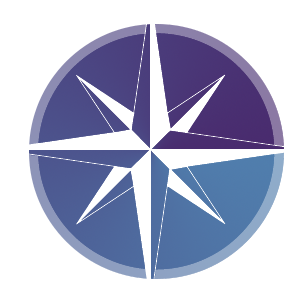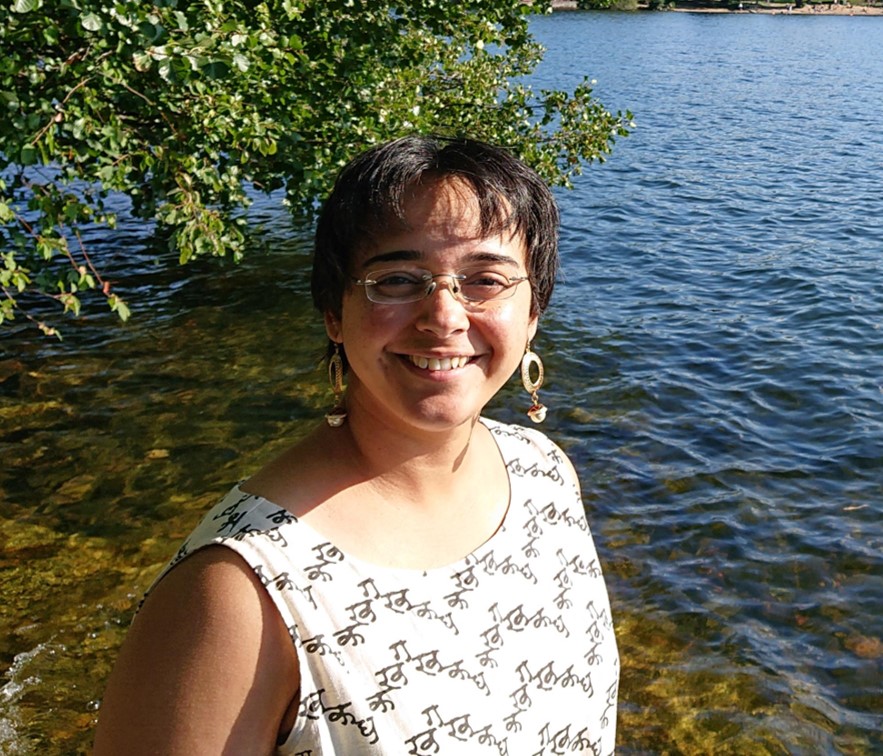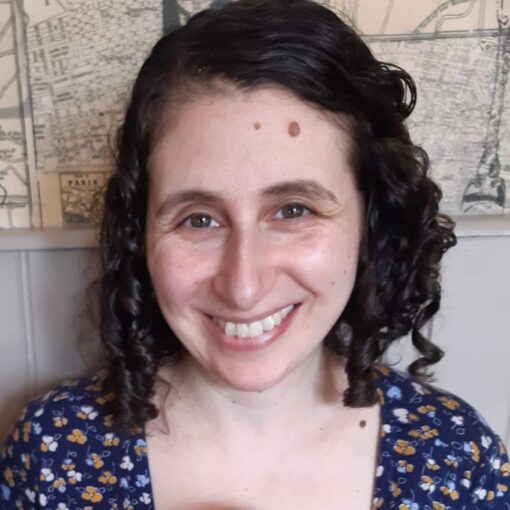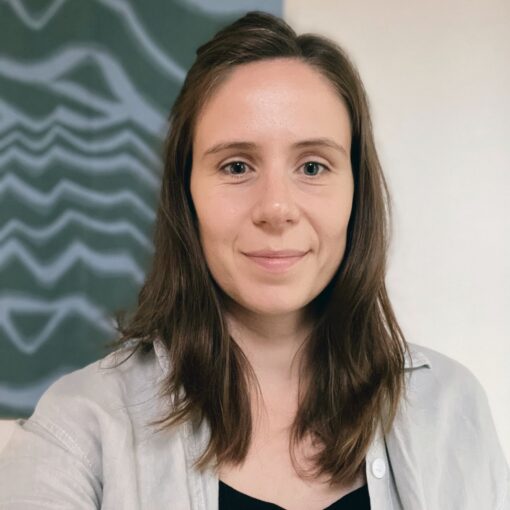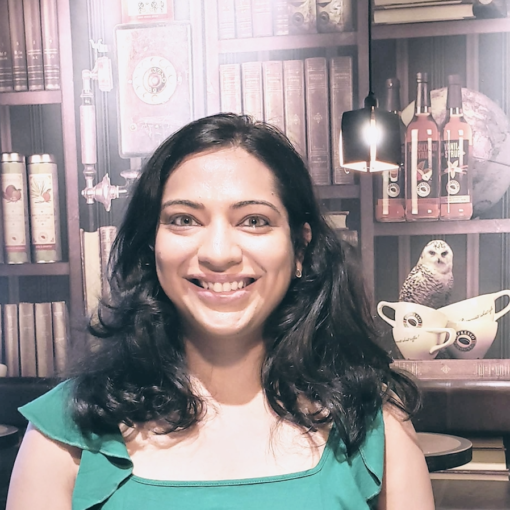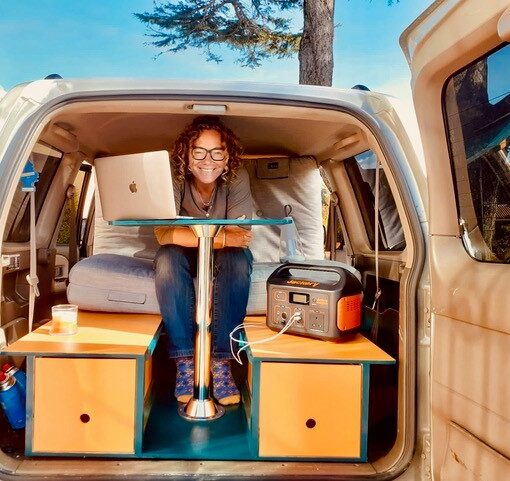Ph.D. in Biochemistry
| Consultant | |
|---|---|
| Independent/Freelance | |
Year entered into a non-academic position: 2018
Job highlight: I engage with educational bodies and museums and consult on their science and/or sustainability programs.
My research training set me up to carry out systematic research and data analyses (in molecular biology, biochemistry, genomics and field research), giving presentations, scholarly writing, collaborative working in multicultural environments, mentoring students and project management.
Left academia after 5 years of postdoctoral work
What’s your background?
I was 10 years or so old when I told my parents and their friends that I wanted to be a scientist! I always liked biology and quickly fell in love with molecular biology during my Bachelor’s in Biochemistry from Delhi University (India). I worked with tuberculosis (TB) and juvenile TB patients at the All India Institute of Medical Sciences (New Delhi, India) for my Master’s in Biotechnology. But it was not until I was a couple of years into my PhD (on molecular biology and biochemistry of plant viruses using bacterial and plant model systems) that I understood what research really was all about! After my PhD from the Department of Biochemistry at the Indian Institute of Science (Bangalore, India), I did not want to restrict myself to working on viruses. I sent out applications to labs working in other fields. Interestingly, a lab working with neurophysiology at the National Institutes of Health (NIH in Bethesda USA) was looking for a biochemist at the same time. I worked in NIH for five years as a postdoctoral researcher. During this time, I learnt to work with new model systems such as frogs and squids at NIH as well as a marine lab on the coast of Montemar, Chile. One of my projects on transcriptomics of squid neurons and axoplasm yielded exciting results which opened up possibilities of research for me and other laboratory members at Molecular Biology Lab at Woods Hole (USA). We finally wrote a journal article which got accepted in the last month of my J-1 visa validity in the US.
After this nail-biting time, I decided to take a career break to chalk out my future plans. I moved to Stockholm (Sweden) and stayed there for nearly two years with my family. This was quite a busy time for me – I joined a school for adults to learn Swedish, travelled quite a bit around Europe and visited many museums, applied to several universities and institutes in India to continue my research in molecular marine biology and co-founded the Khidkee Educational Initiative with the support of a named fellowship by a US-based organization, STEMPeers. Through this initiative, I started to realise my vision of bridging science and society through art and communication.
After a visit to India and several email exchanges with scientists there, I landed a job interview for leading the Life science and Data science team in a multi-institutional biocuration and science outreach project called ‘Manav-The Human Atlas’ at the Indian Institute of Science Education and Research (IISER Pune, India). I moved back to India and quite quickly eased into this largely managerial role. I led a team of seven researchers and engineers for one and a quarter year. I continued the work at the Khidkee Initiative and developed a core team. We defined the long-term vision and goals for this initiative and conducted proof of concept activities.
With the second wave of COVID-19 phasing down and working from home becoming a norm, I was introduced to the Founder-Director of the Living Waters Museum (LWM), which was in the process of administratively joining IISER Pune. I took up a year-long project with LWM to curate a digital bilingual exhibition on the history, heritage and ecology of Pune’s waters which can be accessed here. I managed the development, design and launch of the exhibition amongst other scholarly and cultural programs in March 2022. During this time, I received a grant from the UK Research and Innovation (Global Challenges Research Fund) to develop and test a curriculum that brings a systems approach to learning about water in schools and enables learners to look at issues around water from an integrated and ethical perspective. This project yielded more than 20 hours of teaching plans co-created by multiple stakeholders, a policy brief and a student exhibition which can be accessed here. The exhibition of student learnings about water was exhibited at IISER Pune. Along with some sections of the earlier exhibition on Pune’s Waters, this student exhibition has been put up at the Zapurza Museum of Art and Culture in Pune (India) early this year.
Why did you move away from academia?
My decision to go into academia was because it was an opportunity to explore new places and new worlds. I loved research but science inside a lab was no longer enough for me after my postdoctoral work. I wanted to explore more worlds.
I wanted to be a bridge between science and society. I wanted a better balance between scholarly and artistic work in my life. Thus began the search for another path.
Is there anything you miss about academia?
My pipettes, my lab bench.
I have realised that almost everything I learnt as a scientist can be brought into work outside academia and experimental lab – literature survey, experimental/work design, analyses, discovery, writing and editing, mentorship and more.
How did you get this job? Did you face any challenges when considering a move away from academia or applying for the role?
Networking. Most of the work/jobs I have gotten after moving away from academia are because I have gone up to people, struck up conversations and asked questions. I think I do this better outside academia than I did when I was in academia.
There were many challenges. The first one was attending the job interview for the Manav project – after spending more than a decade in academic research, I had to pitch myself for a managerial role. And the biggest challenge has been to move on from the dream of running my own lab and allowing myself to dream a different dream.
I found support in a community of scientists (many of whom were transitioning careers after PhD) at STEMPeers and one-on-one interaction with job coaches. The job coaches helped me to prepare for my job interview for the Manav project, and translate my skills from my academic career to those required from a manager, which helped me transition out of academia and back to India. They also helped me to navigate the new role and space and later transition into the role at the museum. It was also good to attend conferences and learn about the worldwide increase in recognition and acceptance of the people who bring art to today’s science.
What motivated you to/why did you choose the sector you transitioned into?
After visiting the Albertina Museum in Vienna, I realised how much I learnt about art just because of the way the exhibitions there were curated. I had similar learning experiences at science museums like the Tech Interactive (California, USA) and the Tom Tits Experiment (Södertälje, Sweden). I was fascinated by these learning experiences and wanted to build or develop such learning spaces in India. This motivated me to find my way back to India, engage with (science) education and take up projects with the museums.
Did you think you had the skills required for your current position before you started? Were you right?
My current position is that of an Independent Consultant with museums for curation and education. I was aware that I did not possess all the necessary skills to make the transition into my current position and I was right. I have acquired several of the essential skills while on the job. Additionally, I make a conscious effort to ask a lot of questions to various people – this approach not only provides valuable advice but also brings work opportunities my way.
How did your PhD prepare you for your current job? For example, what were the transferable skills that you developed during your PhD that are most relevant to your current job?
My PhD put me in a good position for the transitions I have made. It provided me with skills such as conducting systematic literature survey, identifying knowledge gaps, data analyses, working in multicultural environments, collaborative working, planning and organisation, writing and editing reports, articles and grants, cross-disciplinary presentation and communication, training students, project management and administration and perseverance, accountability, rigour and managing failures.
Did you have any preconceptions about your sector that proved to be wrong?
I used to think museums were only for artists; I was wrong. There are so many other opportunities in this sector such as education, curation, outreach, administration, and project development.
Can you describe a typical week in your job?
A typical week is similar to a start-up company where one is engaged in diverse tasks. It can entail engaging in many meetings (virtual and physical) with the core team, digital team, content or project partners, interns, students, and others. It could involve planning and programming (including social media). It could involve reading, research, and site visits. It could include creating or editing visual stories or conceptualising open calls for content contribution.
What is the workplace culture like? Please include comments on work-life balance, flexibility, remote working?
The learning curve can be quite steep at my workplace, but it allows quite a bit of freedom to try out new ways of doing things. Hours are quite flexible and remote working is possible. Work-life balance is good on most days – it can get very hectic when one is closer to the date of a deliverable or a launch.
Do people with a PhD frequently get hired in the company/sector?
Yes, curators and subject matter experts are often PhDs. There are ample opportunities for undergraduates and those with master’s degrees as well.
What are your favourite parts of your job?
Conceptualisation of exhibitions, storytelling, engaging young learners.
What are your reflections on your career path?
In my opinion, my career path has been quite unique. It prevents me from being boxed into a category and that has its pros and cons. For instance, it allows me the flexibility to be open towards a variety of opportunities. I can define my own success as there are no set standards or boxes or titles. At the same time, this sometimes makes it hard for me to introduce myself or my background succinctly.
Do you have any advice for current graduate students and postdocs considering a career outside of academia?
I would suggest the current graduate students and postdocs to keep an open mind, meet people outside academia on a regular basis (find/rejuvenate a hobby, maybe), don’t be afraid to ask questions, practise active listening, try to establish a niche for yourself (there are many people doing what you do, what makes you different), keep learning and updating your skills, step out of your comfort zone, always keep an eye on the basics, develop a support system, follow your heart and never give up.
What do you know now that you wish you’d known when exploring a transition?
It will be hard and it’s ok to ask for help.
Can you recommend any relevant resources, organisations or events that might help somebody new to the sector find out more about it?
STEMPeers – https://stempeers.org/
Rereeti Foundation – https://rereeti.org/
Global Network of Water Museums – https://www.watermuseums.net/
International Council of Museums – https://icom.museum/en/
Living Waters Museum – https://www.livingwatersmuseum.org/about
Dr. Chhavi Mathur is an Independent Consultant who has worked across four continents in multi-institutional projects involving research (laboratory and field research), education, communication, and storytelling. In addition to providing services to other institutes, she is managing projects under two of her initiatives –
- Khidkee Educational Initiative – https://khidkee.org/
- Story Hooked – write to storyhookedcurators@gmail.com
She often hires or collaborates with –
- artists (visual and performance) with background in science and/or environmental studies,
- those interested in conducting workshops with young learners.
Many of the people she has worked with are researchers and her projects utilise both their academic expertise and their skills in conducting systematic research.
Her recent work can be found at –
https://punyachepaani.livingwatersmuseum.org/
Find her on LinkedIn – https://www.linkedin.com/in/chhavi-mathur/
